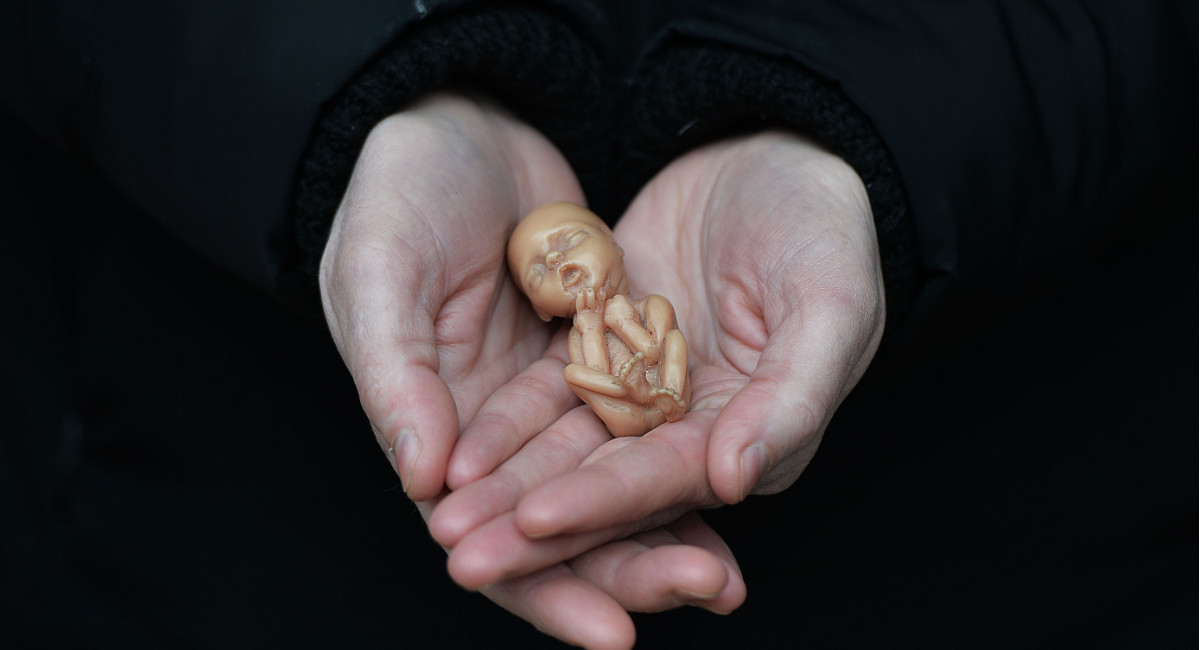With the increase in pro-life legislation comes the repetitious and false pro-abortion argument that claims ‘if abortion is banned, women will be thrown in jail, and doctors won’t be allowed to help women who miscarry.’ But this deliberate blurring of the line between abortion and miscarriage serves the pro-abortion cause, inciting an unfounded fear.
When Jessica Grose, author of a New York Times op-ed, described her tragic miscarriage, she opened up about her agonizing weeks of ultrasounds desperately searching for her deceased baby’s heartbeat. When it became clear that her baby had died, she made the heartbroken decision to have a dilation and curettage, or D&C, after weeks of no heartbeat and no growth. In Grose’s story, the reader cannot help but feel for her tragic loss.
Yet Grose tried to link her heartbreaking miscarriage experience with that of women in countries that legally protect preborn children from the direct and deliberate killing of abortion.
“In countries where elective abortion is outlawed or extremely restricted, women are not given the choices I had when they miscarry,” she wrote. “Abortion restrictions create a chilling effect on medical professionals who are understandably concerned about being prosecuted for anything resembling elective abortion.”
But again, abortion is the direct and intentional killing of a preborn human being. In a miscarriage, a baby dies naturally in utero through no intentional cause. Neither a mother nor doctor chooses a miscarriage.
Many times, mothers and doctors do everything in their power to stop a miscarriage, and in the case of a woman whose baby has already passed away, a D&C is not the cause of the baby’s death. The baby has already died in a miscarriage, and a D&C removes those deceased remains.
It is disingenuous, deceptive, and dangerous to blur the bright line between miscarriage and abortion.
READ: Why miscarriage, ectopic pregnancy, and early delivery are not abortions
Sometimes the term “spontaneous abortion” is used when referring to miscarriage, often seen in medical records. This term is insensitive to patients, but the word “spontaneous” still indicates the baby died unintentionally. This kind of clear delineation between abortion and miscarriage is a common feature of pro-life laws.
In Texas’ SB8 (the Heartbeat Act), considered to be a strict pro-life law, the text specifically lays out the difference between an abortion and a miscarriage: “A physician may not knowingly perform or induce an abortion on a pregnant woman if the physician detected a fetal heartbeat for the unborn child as required by Section 171.203 or failed to perform a test to detect a fetal heartbeat. A physician does not violate this section if the physician performed a test for a fetal heartbeat as required by Section 171.203 and did not detect a fetal heartbeat.”
Another common tactic, employed in the same New York Times op-ed, is to cite the case of Savita Halappanavar in Ireland as a reason abortions must be legal. However, as Live Action News has reported, a later inquest into Halappanavar’s case determined that her death was caused by serious medical neglect — not because doctors chose not to kill her preborn child.
Telling women that banning abortion would make it harder for women who have miscarriages to get proper treatment, or falsely saying that women who have miscarriages could be criminally penalized, is a common scare tactic. But these are two completely different things, and the distinction between them could not be clearer.
“Like” Live Action News on Facebook for more pro-life news and commentary!







